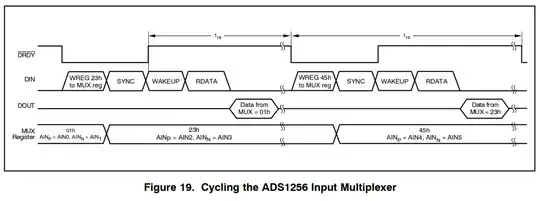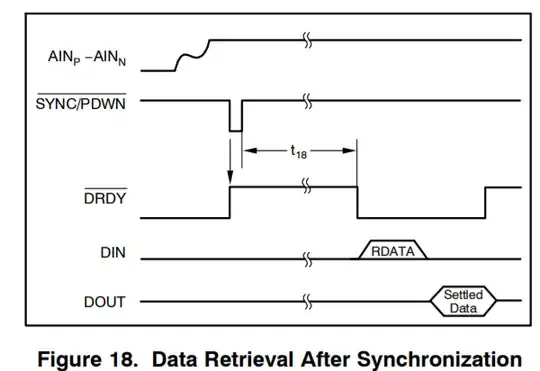I'm hoping to interface a Raspberry Pi 4 with an 8 channel, 48 kHz ADC. Ideally a 24 bit ADC, which if my math is right means 9.216 megabits per second. But a 16 bit ADC would be acceptable: that would bring the requirement down to 6.144 Mbit/s.
I haven't selected the specific ADC yet, so I have some freedom to choose one that supports an interface most amenable to the Pi.
I imagine the Ethernet and USB interfaces are capable of this speed, but for reasons of cost and simplicity I have to rule those out. I've yet to find an ADC that interfaces with Ethernet. There are a few with a USB interface, but they are aimed at low-cost consumer electronics and have insufficient performance for my application. Of course there are professional USB audio interfaces with excellent performace, but they cost an order of magnitude more than the Pi which would rather defeat the purpose.
Bit-banging in Python or even C over the GPIO pins, if it can work at these speeds at all, probably won't leave enough CPU to do anything useful with the data.
So I'm looking at the hardware peripherals like I2C, SPI, I2S, etc. Documentation on these is pretty scant, and it's not always clear if the limits of what actually works differ from the limits of what's configurable. So I thought I'd ask: has anyone been down this road that can confirm an interface that would meet my required speeds?
 ]
]
